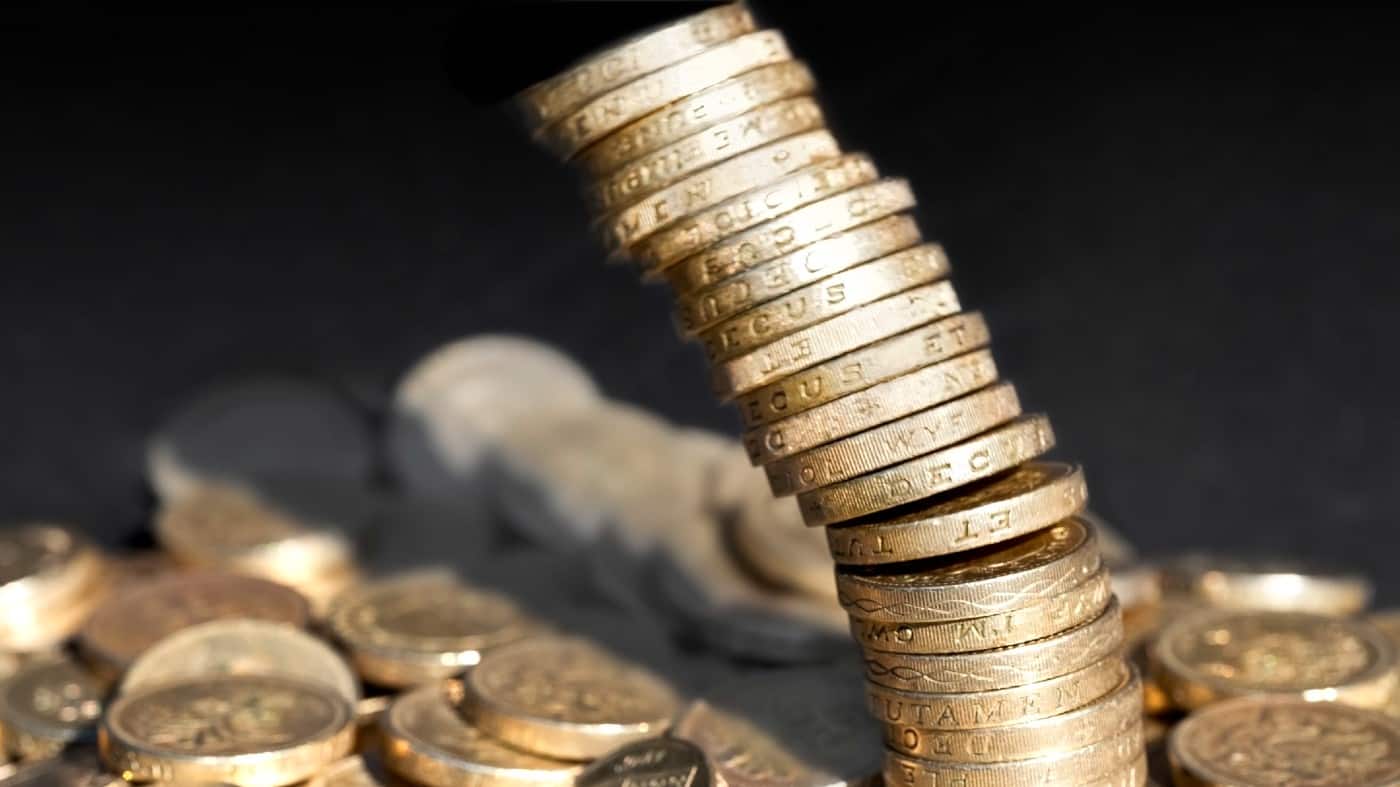Just running my finger down the list of dividend yields offered by some companies can be a bamboozling experience. Whether it is the double-digit percentage yield offered by Persimmon and Diversified Energy or even the triple digits offered by ZIM Integrated Shipping, how can I really decide what to expect if I invest?
Here are three things I always look at when it comes to assessing dividends.
1. Future focus
A dividend yield basically tells you what the past year’s dividend is as a percentage of today’s share price.
Historical dividend yields can be interesting and I do look at them as an investor when deciding whether to buy shares for my portfolio. But what I am most focussed on is the prospective yield.
That is the projected yield in future. It is always only an estimate, though. Even companies that set out their dividend plans well in advance, like Persimmon, may not always be able to deliver on them. Even the best-run company can run into unexpected difficulties.
As a broad rule, I always focus on what is likely to happen in future, not just what has gone before.
2. Margin of safety
We talk about ‘coverage’ to refer to how well-covered a company’s dividend is. The higher the coverage, the bigger a company’s margin of safety when paying dividends.
For example, coverage of 3x means there is enough money to pay the dividend three times over. So a declining business performance may make it less urgent to cut the dividend than if coverage is just 1x – or even less.
But note that I do not always avoid shares just because they have low dividend coverage. Imagine a share has an 18% yield covered 1x, while a second one has a 3% yield covered 3x. The first share has very thin coverage. But it could get to the same coverage level as the second through cutting its dividend by two thirds, while still offering me twice the yield of the second share.
3. Free cash flow matters
One way to value a company is using earnings, for example by considering its price-to-earnings ratio.
But think about your own earnings. Was there any month or week last year when the headline figure on your payslip matched the spare cash you had available to spend in your wallet or purse?
For many people, the answer is no – and the same is true of companies. So while I consider earnings coverage when looking at how sustainable a dividend might be, the key point I consider is a company’s free cash flow.
Whereas earnings are an accounting measure, free cash flow is a concrete calculation of how much hard cash a firm is generating.
That can work both ways. Some businesses have high earnings but the need to spend on things like research and debt repayment means they have little spare cash coming in the door. Sometimes, though, the opposite is true. A company may be generating more cash than its earnings suggest. Non-cash items like depreciation costs on equipment can show year after year for decades after the cash involved left the firm’s bank account.
Taking time to get to grips with free cash flow is critical for any investor serious about understanding how sustainable a firm’s dividend is.








